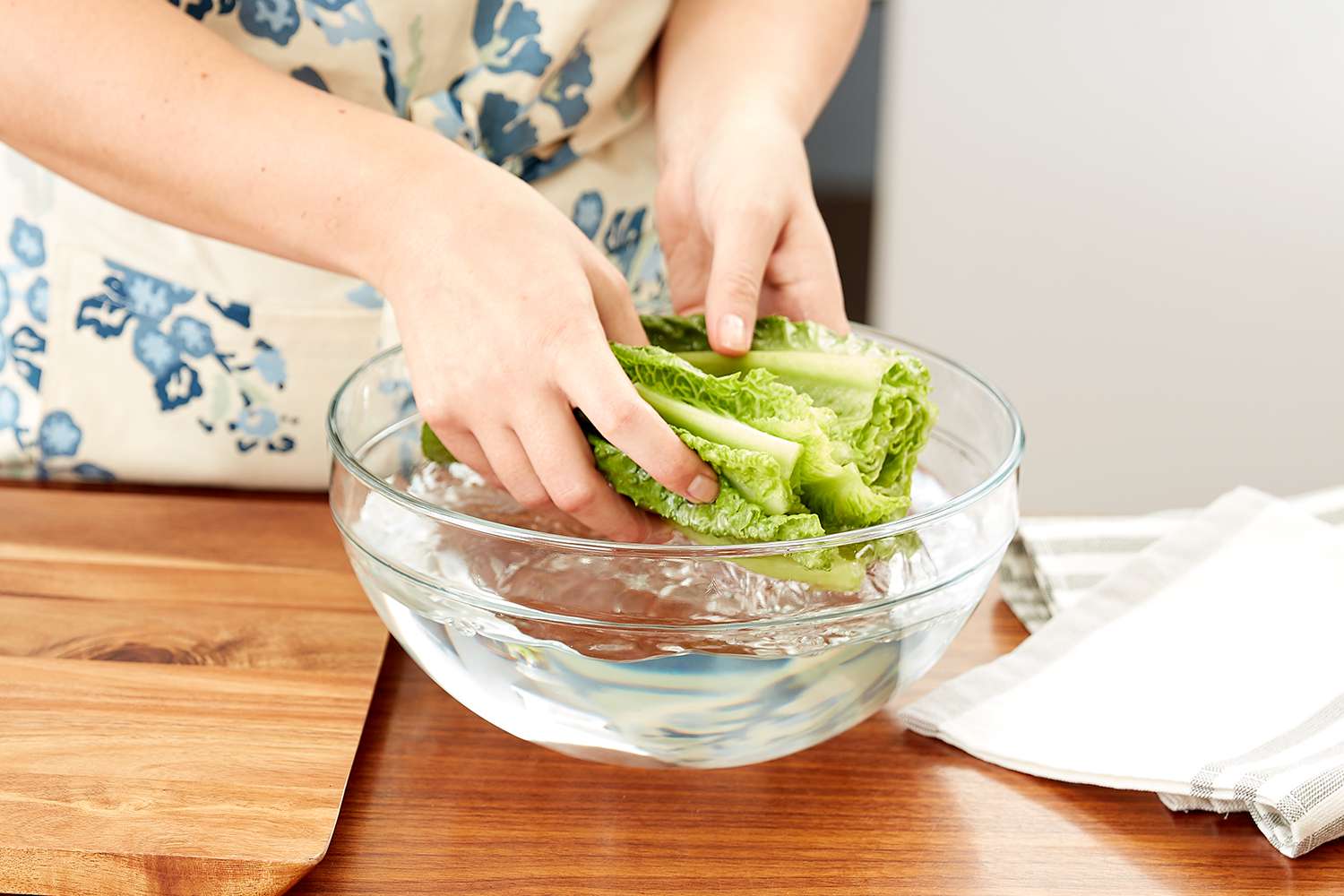

Articles
How To Store Washed Lettuce
Modified: December 7, 2023
Learn the best methods for storing washed lettuce to keep it fresh and crisp for longer. Check out our informative articles on lettuce storage tips and tricks.
(Many of the links in this article redirect to a specific reviewed product. Your purchase of these products through affiliate links helps to generate commission for Storables.com, at no extra cost. Learn more)
Introduction
When it comes to storing washed lettuce, many people overlook the importance of proper storage techniques. However, storing lettuce correctly is crucial to maintain its freshness, texture, and flavor for as long as possible. In this article, we will guide you through the step-by-step process of storing washed lettuce, ensuring that you can enjoy crisp and delicious salads whenever you desire.
Whether you have freshly picked lettuce from your garden or store-bought pre-washed lettuce, the same storage principles apply. By following these guidelines, you can prevent your lettuce from wilting, turning slimy, or losing its nutritional value. So, let’s dive into the details and learn how to store washed lettuce effectively.
Key Takeaways:
- Keep lettuce crisp by patting it dry, using a salad spinner, wrapping in paper towels, and storing in a breathable container. Refrigerate and use within a week for maximum freshness and flavor.
- Properly storing washed lettuce maintains its texture, freshness, and nutritional value. Follow the step-by-step process to enjoy vibrant and crunchy salads for an extended period.
Read more: How To Store Lettuce
Why is Proper Storage Important?
Proper storage of washed lettuce is essential for several reasons. Firstly, it helps to maintain the crispness and texture of the leaves. No one wants to bite into a wilted and limp salad, as it can be quite unappetizing. By storing lettuce correctly, you can preserve its freshness and keep it crunchy, enhancing the overall eating experience.
Secondly, proper storage helps to prevent the growth of bacteria and the development of foodborne illnesses. Lettuce is a perishable food item that can easily harbor harmful microorganisms if not stored correctly. By employing the right storage techniques, you can minimize the risk of contamination and ensure that the lettuce remains safe for consumption.
Thirdly, proper storage can extend the shelf life of lettuce. When kept in optimal conditions, lettuce can stay fresh for a longer period, allowing you to use it in various recipes and salads. This not only reduces food waste but also helps you save money by avoiding frequent trips to the grocery store.
Lastly, storing lettuce properly helps to preserve its nutritional value. Lettuce is packed with essential vitamins and minerals that are beneficial to our health. However, exposure to air, moisture, and temperature fluctuations can cause nutrient loss. By maintaining the right storage conditions, you can ensure that the lettuce retains its nutritional properties, making your meals more wholesome and nutritious.
Now that we understand the importance of proper lettuce storage, let’s explore the step-by-step process to store washed lettuce effectively.
Step 1: Gently Pat Dry the Lettuce
The first step in storing washed lettuce is to ensure that it is properly dried. Excess moisture on the leaves can lead to wilting and the growth of bacteria, shortening the shelf life of the lettuce. Here’s how you can gently pat dry the lettuce:
- After washing the lettuce, place it in a colander or strainer to drain the excess water.
- Once most of the water has drained, transfer the lettuce to a clean kitchen towel or paper towels.
- Gently pat the leaves dry using the towel or paper towels. Be careful not to apply too much pressure to avoid bruising the delicate leaves.
By gently patting dry the lettuce, you remove the excess moisture, which helps prevent wilting and improves its storage life.
Now that your lettuce is dry, it’s time to move on to the next step: using a salad spinner to remove excess water from the leaves.
Step 2: Use a Salad Spinner
A salad spinner is a handy tool that helps remove excess water from lettuce leaves, ensuring they stay crisp and fresh for longer. Follow these steps to use a salad spinner:
- Transfer the washed and dried lettuce to the salad spinner basket. Make sure not to overcrowd the basket to allow adequate spinning space.
- Place the basket into the salad spinner bowl and secure it in place.
- Hold the spinner handle firmly and start spinning the basket in a circular motion. The centrifugal force generated will help remove any remaining water from the lettuce leaves.
- Continue spinning for about 20-30 seconds or until the lettuce appears to be dry.
- Once done, remove the basket from the spinner bowl and discard the drained water.
Using a salad spinner ensures that your lettuce is thoroughly dried, preventing excess moisture from causing wilting or molding during storage. It’s a quick and effective method to remove water from the leaves without causing any damage or bruising.
Now that your lettuce is dry and water-free, let’s move on to the next step: wrapping it in paper towels.
Step 3: Wrap in Paper Towels
After using a salad spinner to remove excess water from the lettuce, the next step is to wrap the lettuce in paper towels. Wrapping the lettuce helps to absorb any remaining moisture and keeps the leaves crisp. Follow these steps to wrap the lettuce in paper towels:
- Take a few sheets of clean and dry paper towels.
- Spread the paper towels flat on a clean surface.
- Place the lettuce leaves on top of the paper towels, arranging them in a single layer.
- Gently fold the paper towels over the lettuce, covering it completely.
- Press down lightly on the paper towels to ensure they make contact with the lettuce leaves.
Wrapping the lettuce in paper towels helps to absorb any residual moisture, preventing it from accumulating and causing the leaves to become soggy or slimy. The paper towels act as a barrier, maintaining the crispness of the lettuce and extending its storage life.
Now that your lettuce is wrapped in paper towels, it’s time to move on to the next step: storing it in a breathable container.
After washing lettuce, make sure to thoroughly dry the leaves using a salad spinner or paper towels. Store the dry lettuce in a resealable plastic bag with a paper towel to absorb any excess moisture, and keep it in the crisper drawer of the refrigerator. This will help to keep the lettuce fresh and crisp for a longer period of time.
Read more: How To Store Living Lettuce
Step 4: Store in a Breathable Container
Proper storage of wrapped lettuce is essential to maintain its freshness and prevent it from wilting or becoming soggy. It’s important to store lettuce in a breathable container, allowing air circulation while protecting it from moisture. Follow these steps to store wrapped lettuce in a breathable container:
- Choose a container that has ventilation or perforations to allow air to circulate. This can include a produce keeper with ventilation holes, a plastic container with slots, or even a reusable mesh bag.
- Ensure that the container is clean and completely dry.
- Place the wrapped lettuce in the container, making sure not to overcrowd it. Leave some space around the lettuce to allow air movement.
- Close the lid or cover the container, ensuring that it is not airtight. This will allow air to circulate while still providing some protection from external moisture.
Storing lettuce in a breathable container helps to maintain its crispness and prevents moisture build-up, which can cause the leaves to wilt or turn slimy. The container acts as a shield, protecting the lettuce while allowing it to breathe.
Now that your lettuce is safely stored in a breathable container, let’s proceed to the next step: keeping it refrigerated.
Step 5: Keep Refrigerated
Refrigeration is crucial for maintaining the freshness and quality of stored lettuce. The cool temperature helps to slow down the natural wilting process and inhibit the growth of bacteria. Follow these steps to effectively refrigerate your lettuce:
- Find a designated spot in your refrigerator to store the container of lettuce.
- Ensure that the refrigerator temperature is set between 33°F (0.5°C) and 40°F (4°C). This range is ideal for preserving the crispness and preventing the lettuce from freezing.
- Place the container of lettuce in the refrigerator, preferably on one of the upper shelves where the temperature is more consistent.
- Avoid placing the container near the back of the refrigerator where it can be exposed to cold drafts or near the door where temperature fluctuations are more common.
By keeping the lettuce refrigerated, you prolong its shelf life and maintain its texture and freshness. Remember to avoid leaving the container of lettuce out for prolonged periods during meal preparation to prevent the lettuce from warming up and losing its crispness.
Now that your lettuce is safely stored and refrigerated, let’s move on to the final step: using it within a week.
Step 6: Use Within a Week
While proper storage techniques can help extend the shelf life of lettuce, it is still important to use it within a reasonable timeframe to ensure optimal freshness. Lettuce is a perishable leafy green vegetable, and its quality can deteriorate over time. Follow these guidelines to determine when to use lettuce that has been stored:
- Check the date when you initially washed and stored the lettuce. It is recommended to use it within a week for the best taste and texture.
- Regularly inspect the lettuce for any signs of spoilage, such as discoloration, sliminess, or a foul odor. If you notice any of these signs, it’s best to discard the lettuce.
- Before using the lettuce, give it a quick visual and smell test. Fresh lettuce should appear vibrant and have a mild, earthy aroma.
Using the lettuce within a week ensures that you are consuming it at its peak freshness and flavor. Additionally, it reduces the risk of consuming spoiled lettuce and experiencing any adverse effects on your health.
Now that you’ve learned the step-by-step process of storing washed lettuce, you can enjoy crisp and delicious salads for an extended period. Remember to follow these steps each time you wash and store lettuce to maintain its quality and maximize its shelf life.
By implementing these storage techniques, you can enjoy the full benefits of fresh lettuce and elevate your culinary creations with vibrant and crunchy salads.
Happy salad-making!
Conclusion
Properly storing washed lettuce is essential to maintain its freshness, texture, and flavor. By following the step-by-step process outlined in this article, you can ensure that your lettuce stays crisp and delicious for as long as possible.
From gently patting dry the lettuce to using a salad spinner, wrapping it in paper towels, storing it in a breathable container, keeping it refrigerated, and using it within a week, each step plays a crucial role in preserving the quality of the lettuce.
By employing these storage techniques, you can prevent wilting, maintain the nutritional value of the lettuce, and minimize the risk of foodborne illnesses. Additionally, by extending the shelf life of lettuce, you can reduce food waste and save money in the process.
So the next time you wash lettuce, remember to take the extra time to store it properly. Your salads will be crisper, your meals more enjoyable, and you’ll reap the benefits of consuming fresh and nutritious lettuce.
Now go ahead and put this knowledge into practice. Enjoy your vibrant salads and revitalizing meals packed with the goodness of properly stored lettuce!
Frequently Asked Questions about How To Store Washed Lettuce
Was this page helpful?
At Storables.com, we guarantee accurate and reliable information. Our content, validated by Expert Board Contributors, is crafted following stringent Editorial Policies. We're committed to providing you with well-researched, expert-backed insights for all your informational needs.
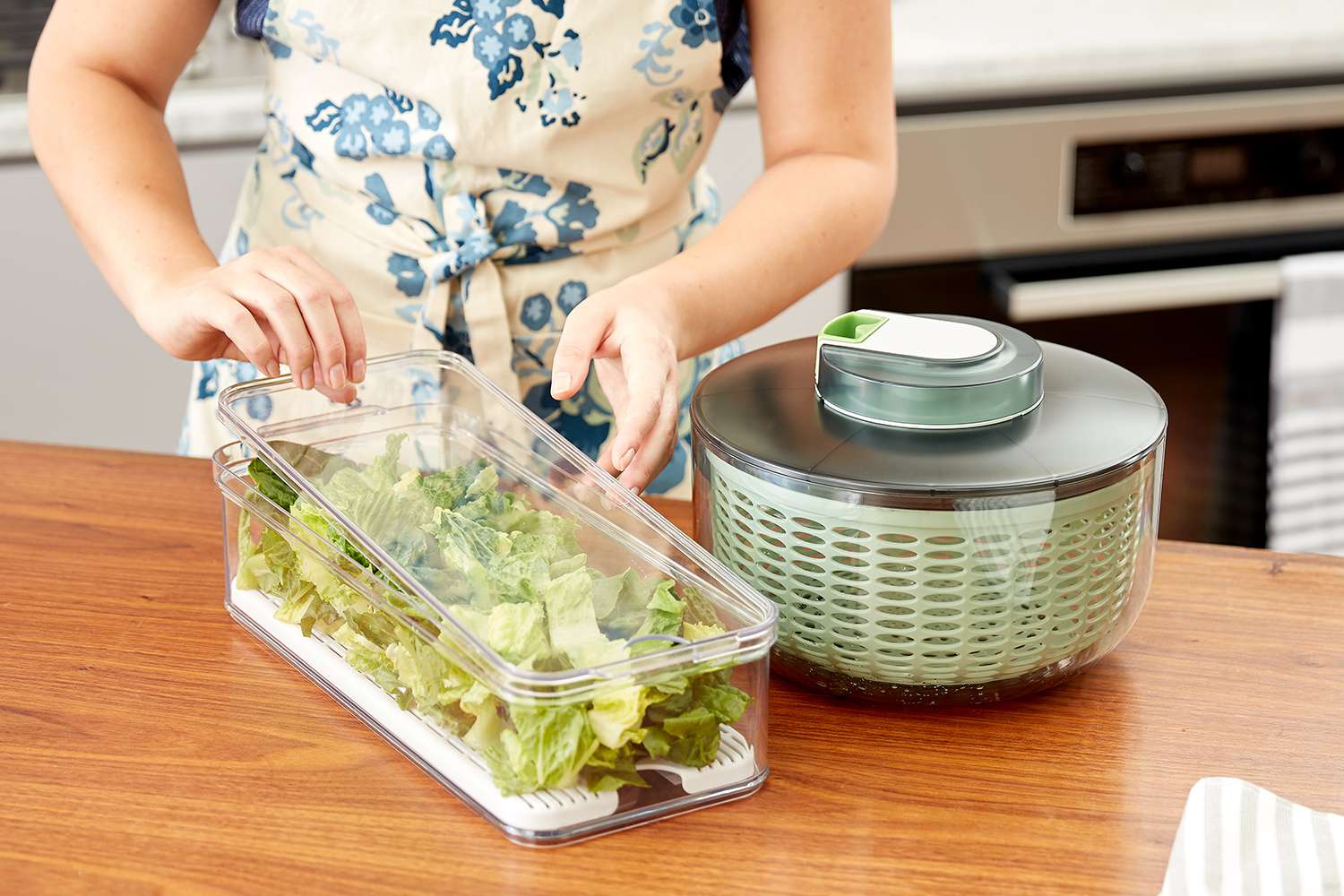
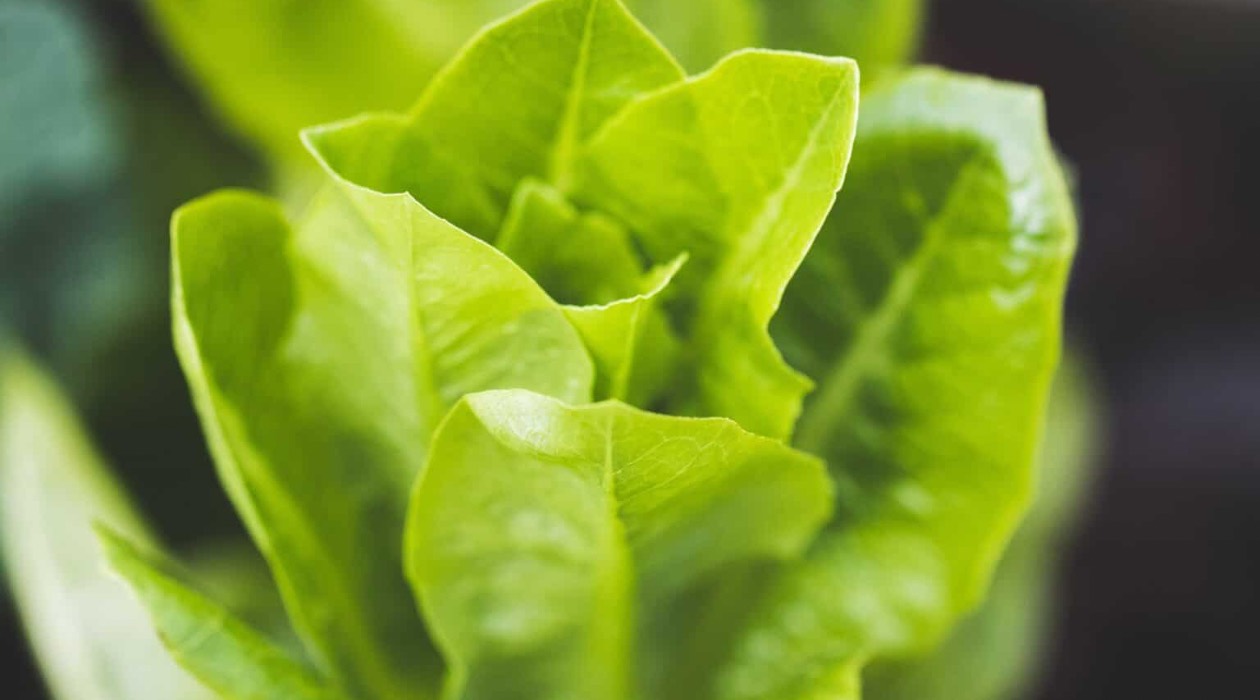
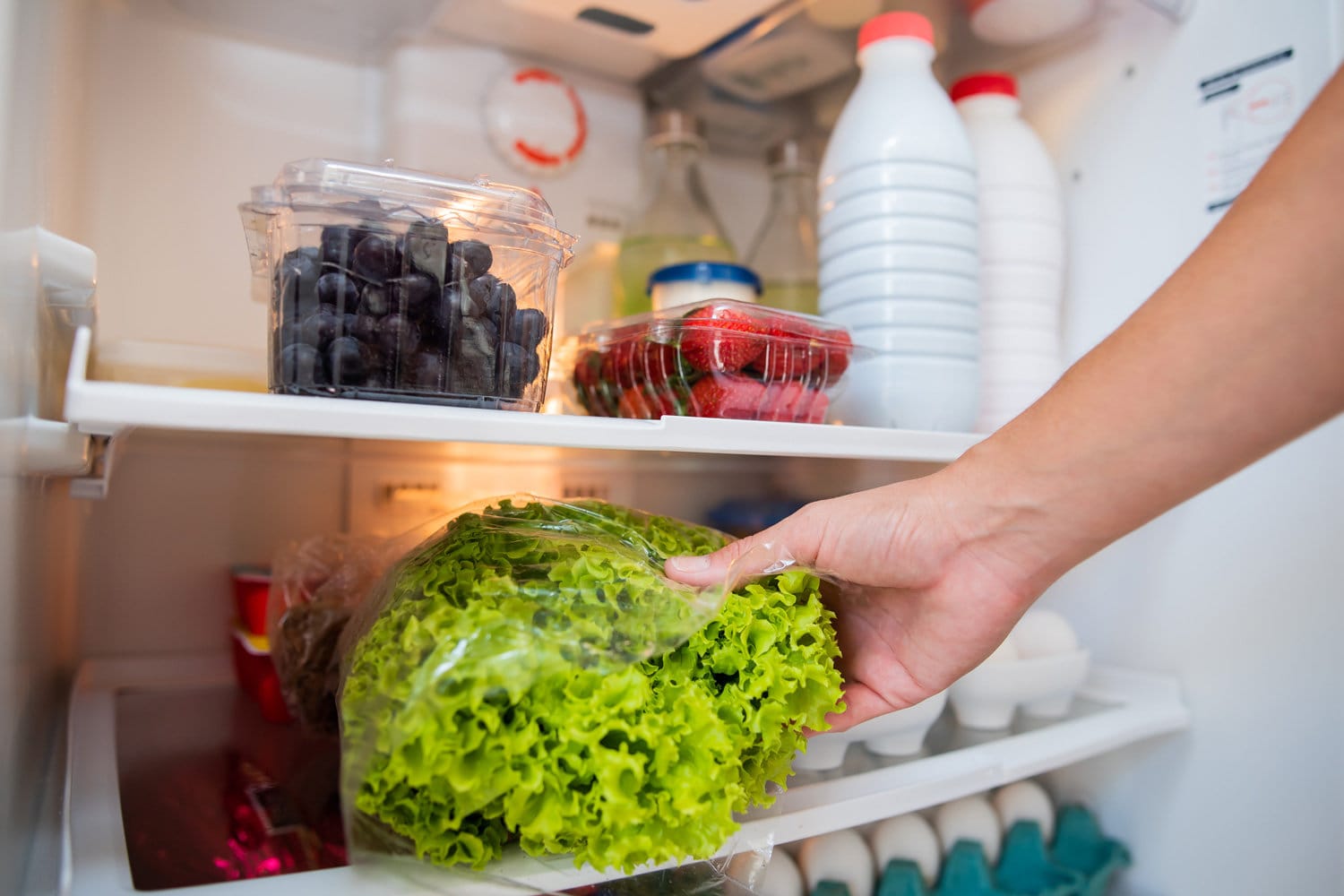

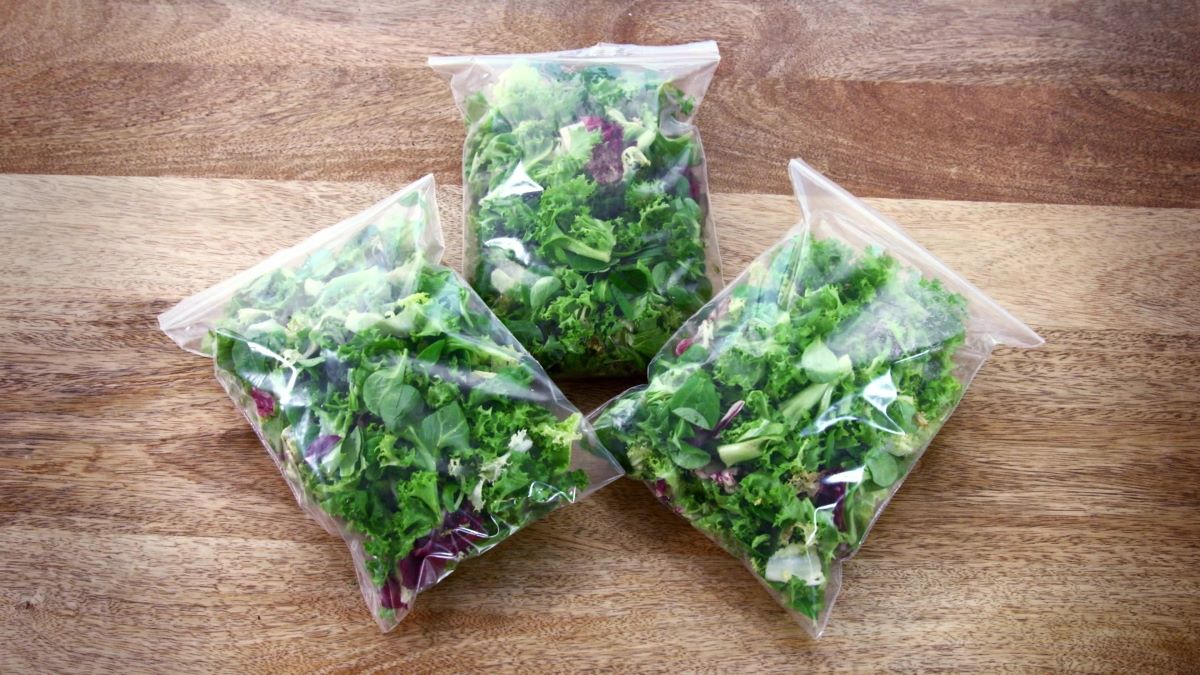
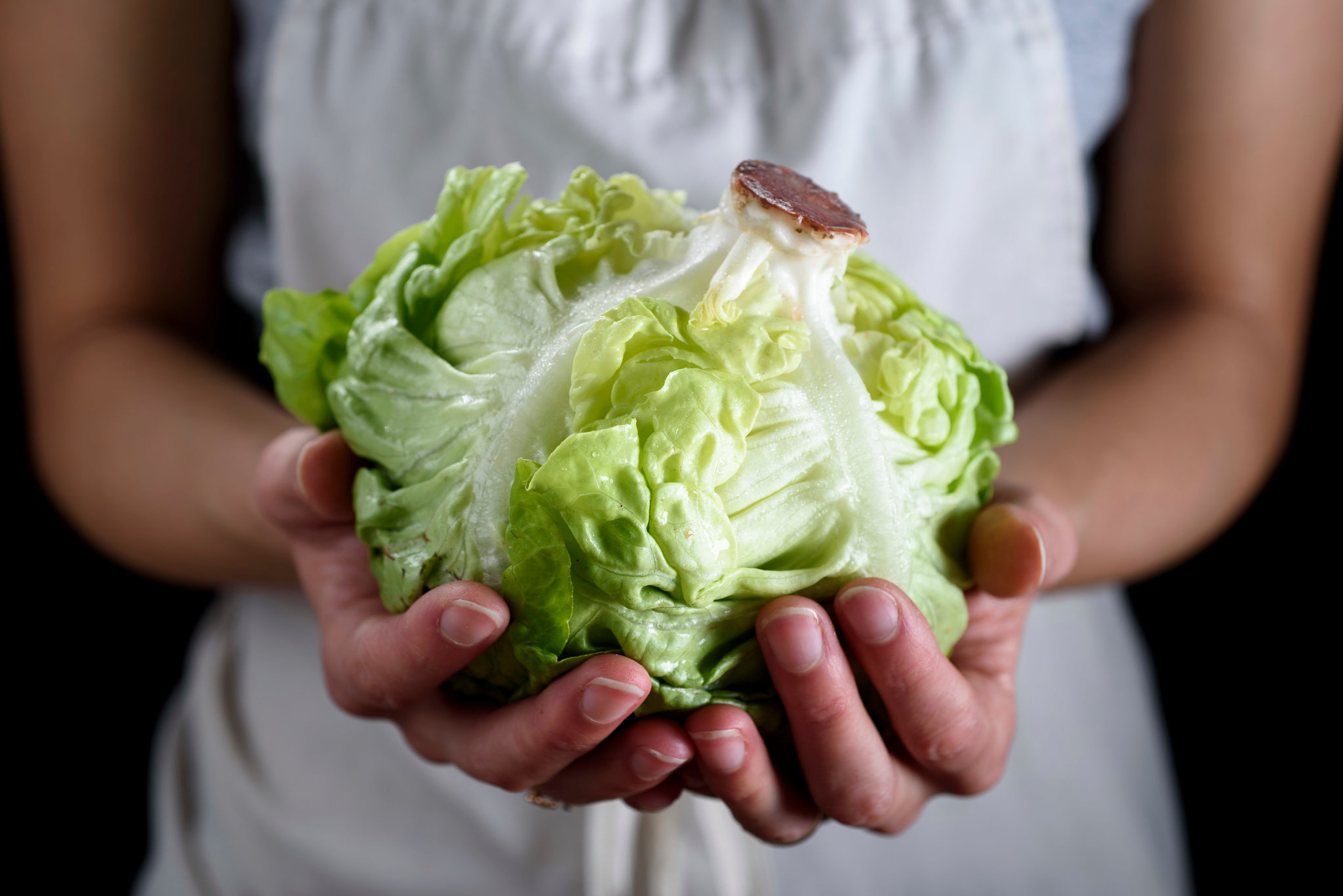
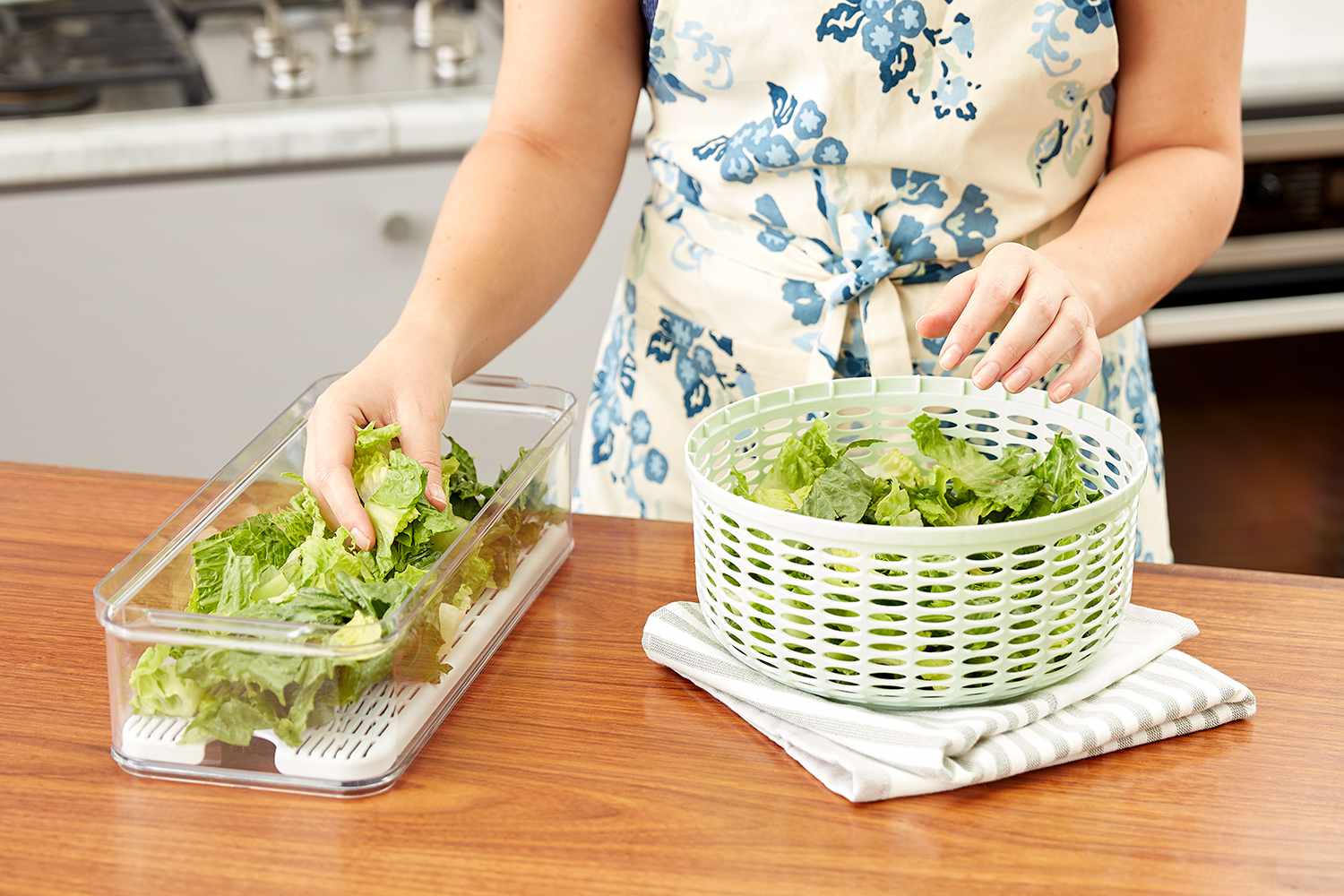
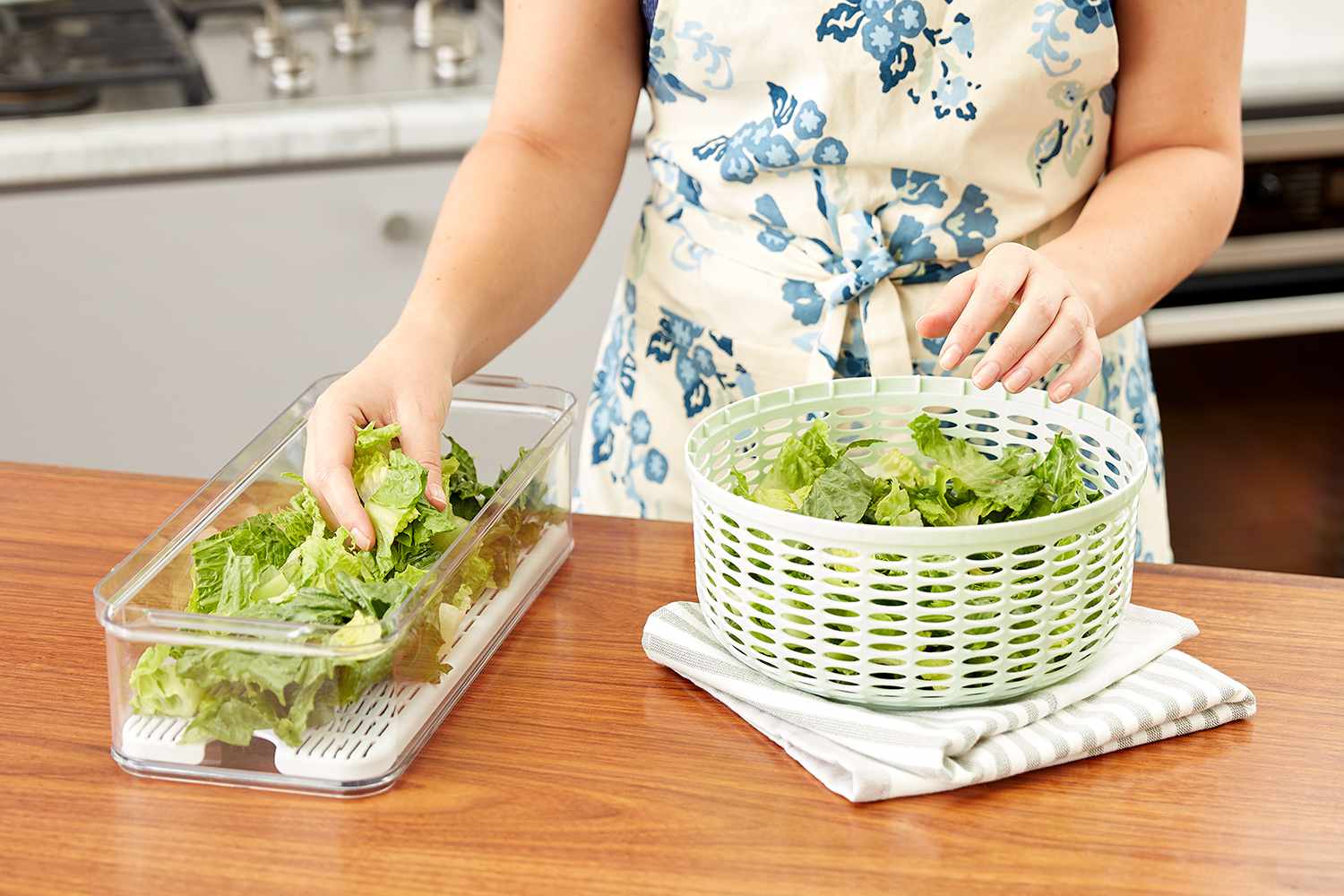
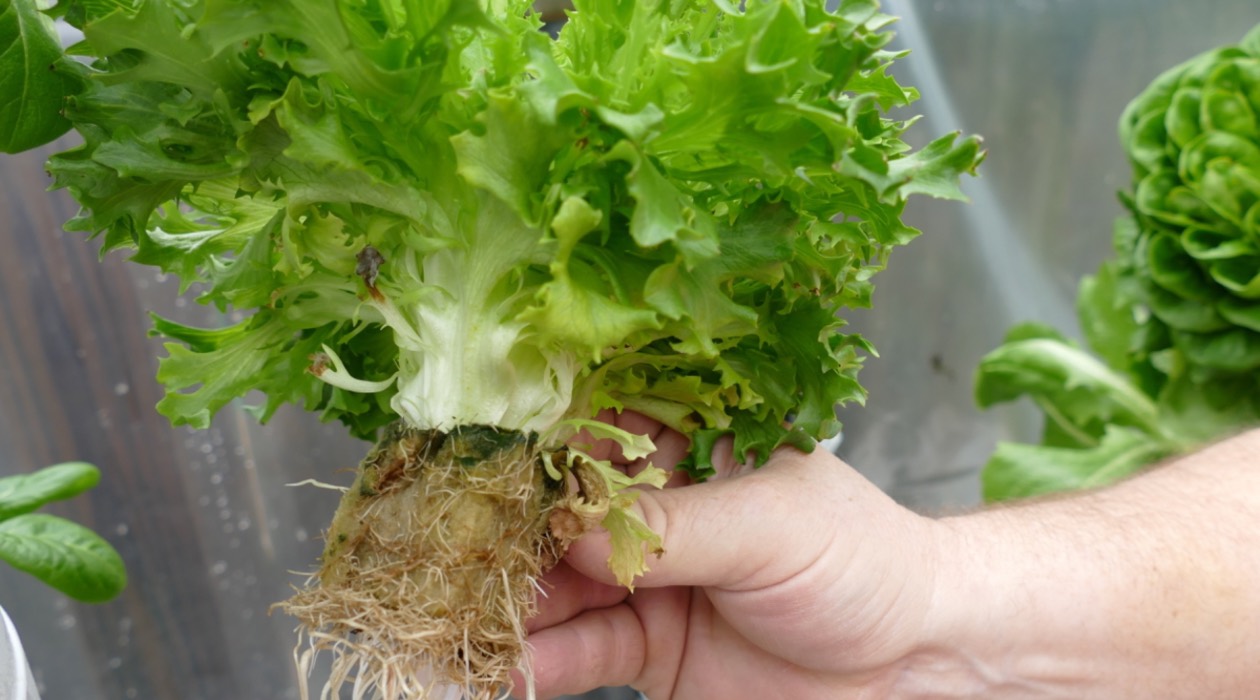
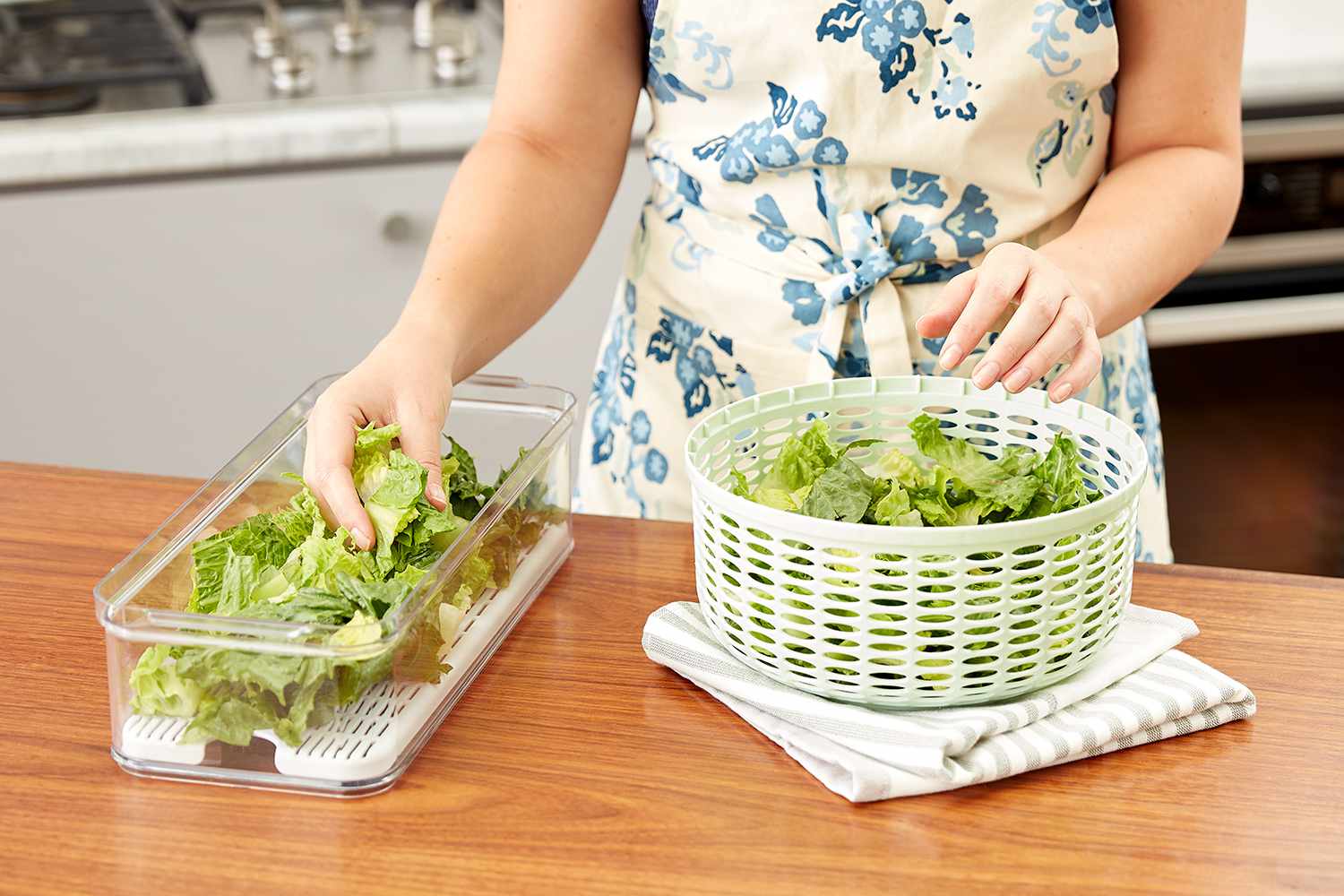
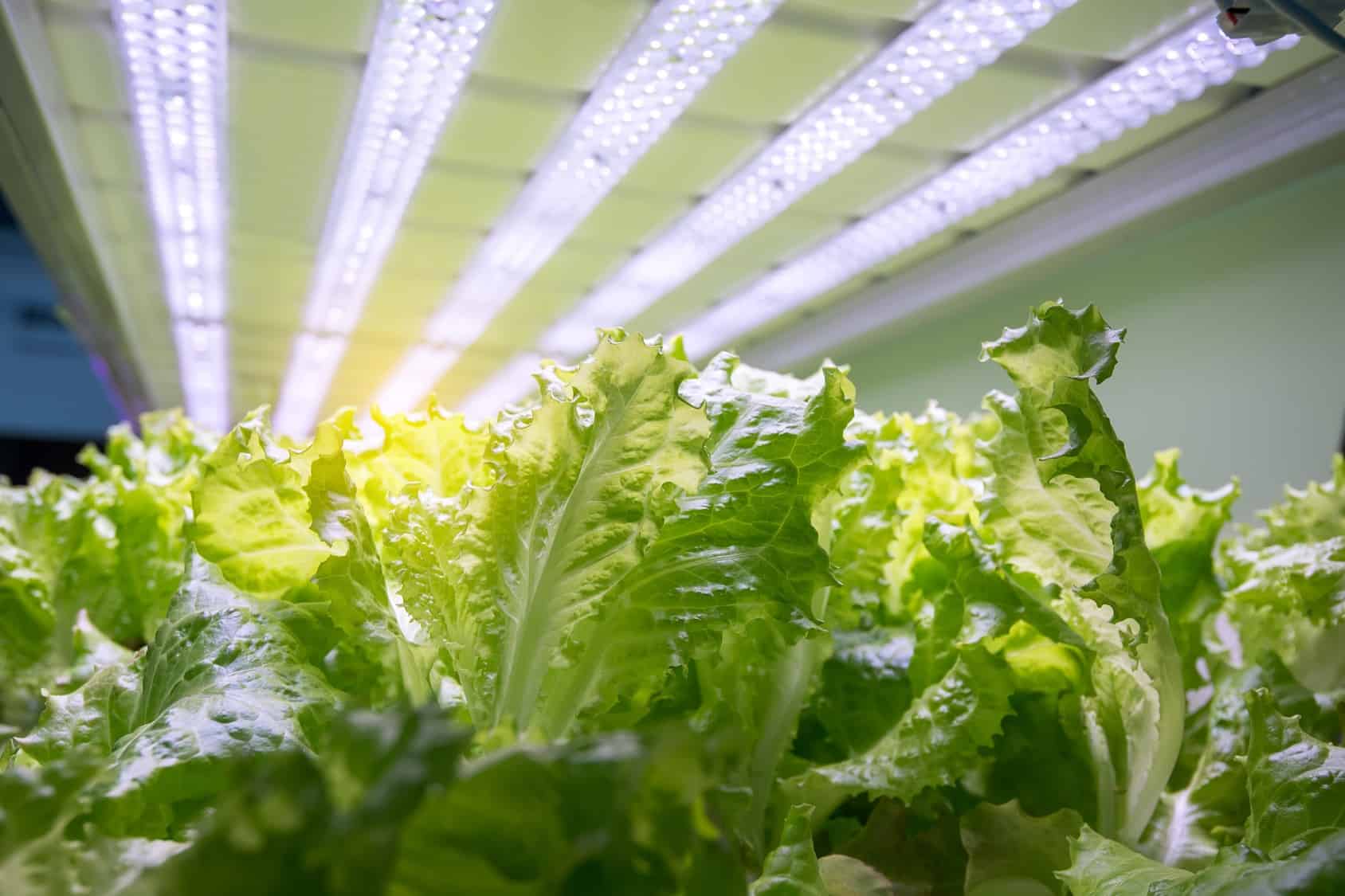
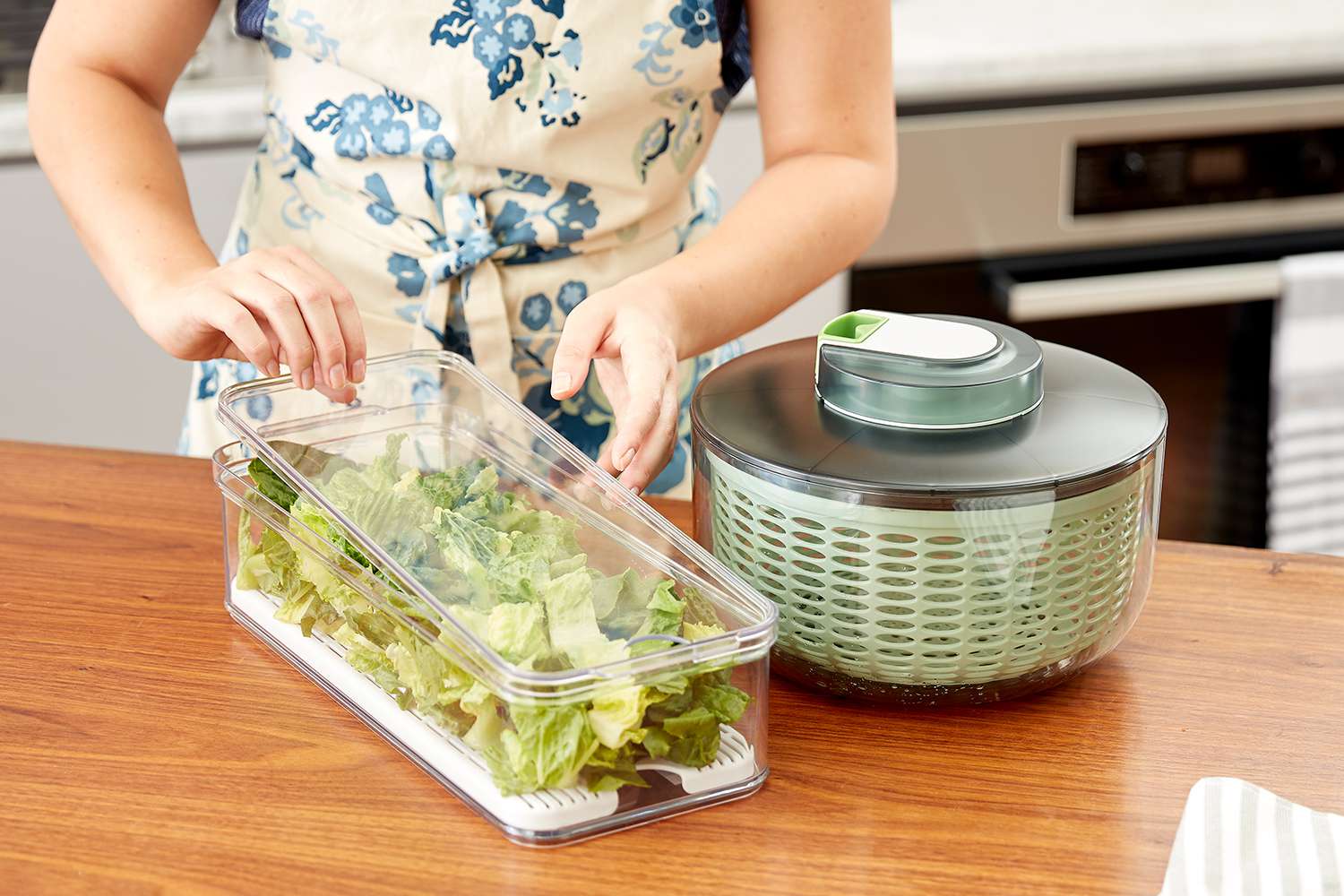
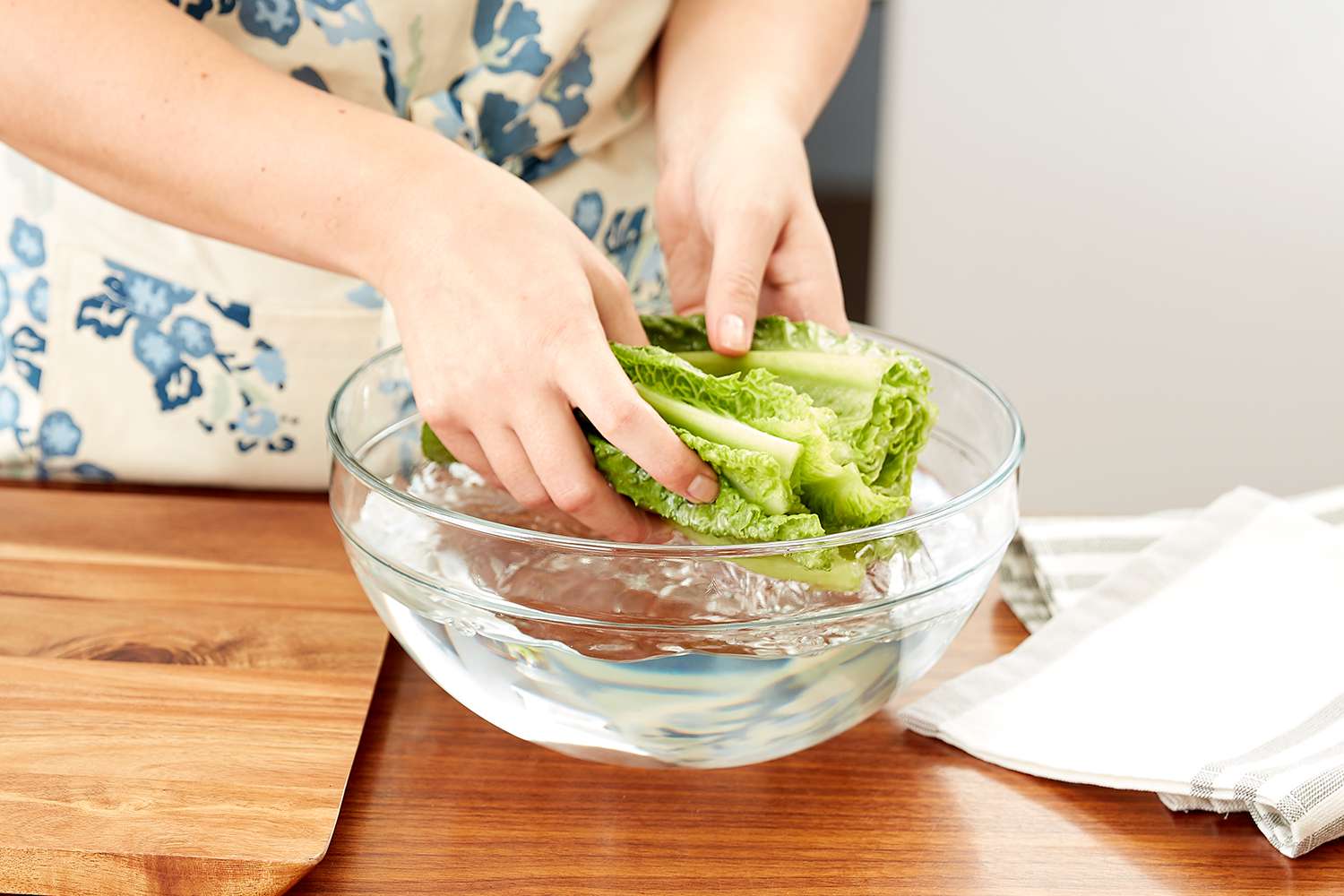


0 thoughts on “How To Store Washed Lettuce”